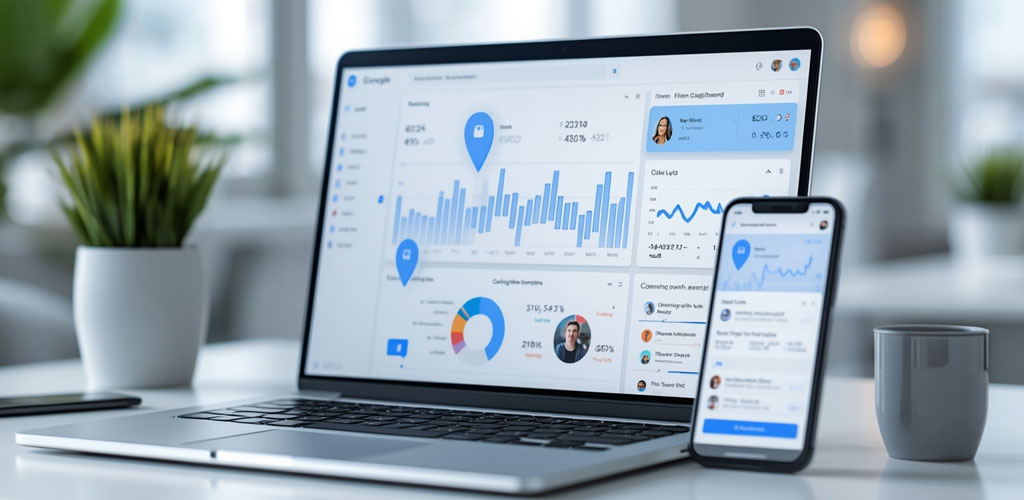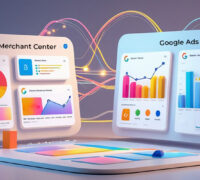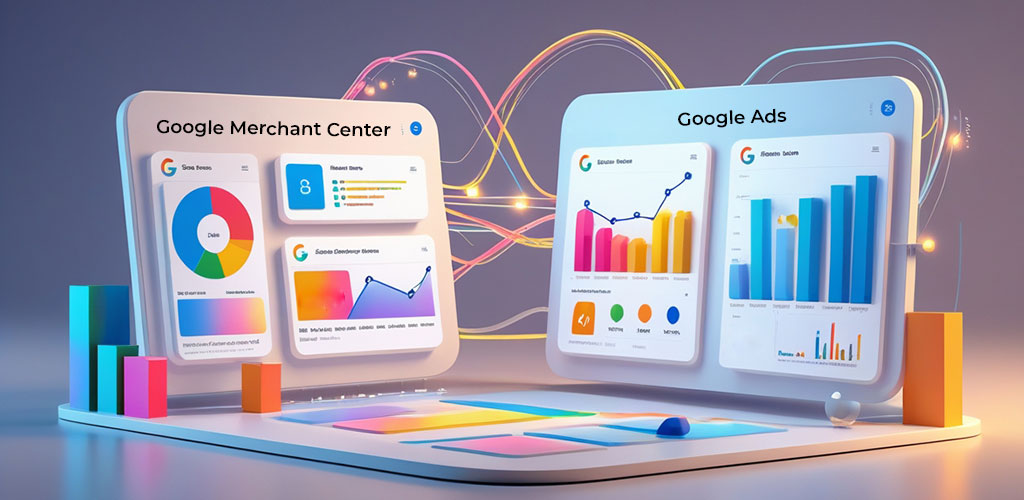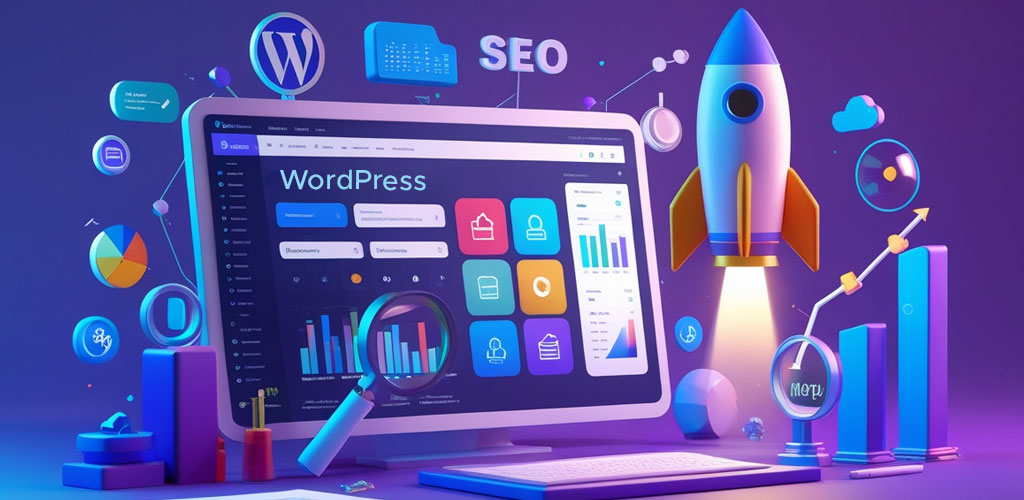Google has rolled out two powerful new features for Google Business Profiles: post scheduling and multi-location publishing. These updates are designed to make content management faster, easier, and more efficient for businesses of all sizes. Whether you run a single outlet or manage multiple branches across different cities, these tools help you stay consistent without manually posting again and again. This blog explains these new features in a simple way so you can understand how they actually benefit your online presence.
What These New Features Mean
Google Business Profiles are mainly used to update customers with offers, announcements, news, and events. Earlier, businesses had to publish posts manually for each location, and there was no built-in option to schedule posts in advance. This caused delays, inconsistency, and extra workload. With Google introducing scheduling and multi-location publishing, the entire process becomes much smoother and more organized.
How Post Scheduling Helps Businesses
Post scheduling allows you to create your Google Posts in advance and choose when they should go live. It is especially useful for businesses that run promotions, seasonal offers, or special announcements. You no longer need to log in at a specific time to publish something. You can plan your entire week or month of content and set everything to publish automatically. This ensures your customers always see timely and relevant updates, even if you are busy with day-to-day operations.
Why Multi-Location Publishing is a Game Changer
For businesses with multiple branches, publishing the same post for every location used to be a tiring manual task. Multi-location publishing solves this problem. Now you can create one post and push it to all your business locations in one click. This keeps your messaging consistent and saves a huge amount of time. It also ensures that every branch receives equal online visibility, reducing the chances of outdated or missing information in your profile listings.
How These Features Improve Customer Experience
When your Google Business Profile stays updated with fresh posts, customers get more confidence in your brand. Scheduled posts make sure nothing is delayed, and multi-location publishing ensures that customers across all areas get the same information. This leads to better engagement, higher trust, and more opportunities to convert searches into leads or store visits.
Why These Updates Matter for Digital Marketing
These new features reduce the effort needed to maintain an active online presence. For digital marketers and agencies, this is especially helpful because they often manage multiple client locations. The ability to schedule and publish content across locations improves workflow, reduces errors, and increases overall productivity. It also helps maintain a steady posting frequency, which is good for online visibility and brand recognition.
Conclusion
Google’s new scheduling and multi-location publishing features bring much-needed convenience to Google Business Profiles. They make posting simpler, faster, and more organized, allowing you to stay consistent without extra effort. Whether you manage one business or many branches, these updates help you connect with customers more effectively and keep your online presence active with ease.










